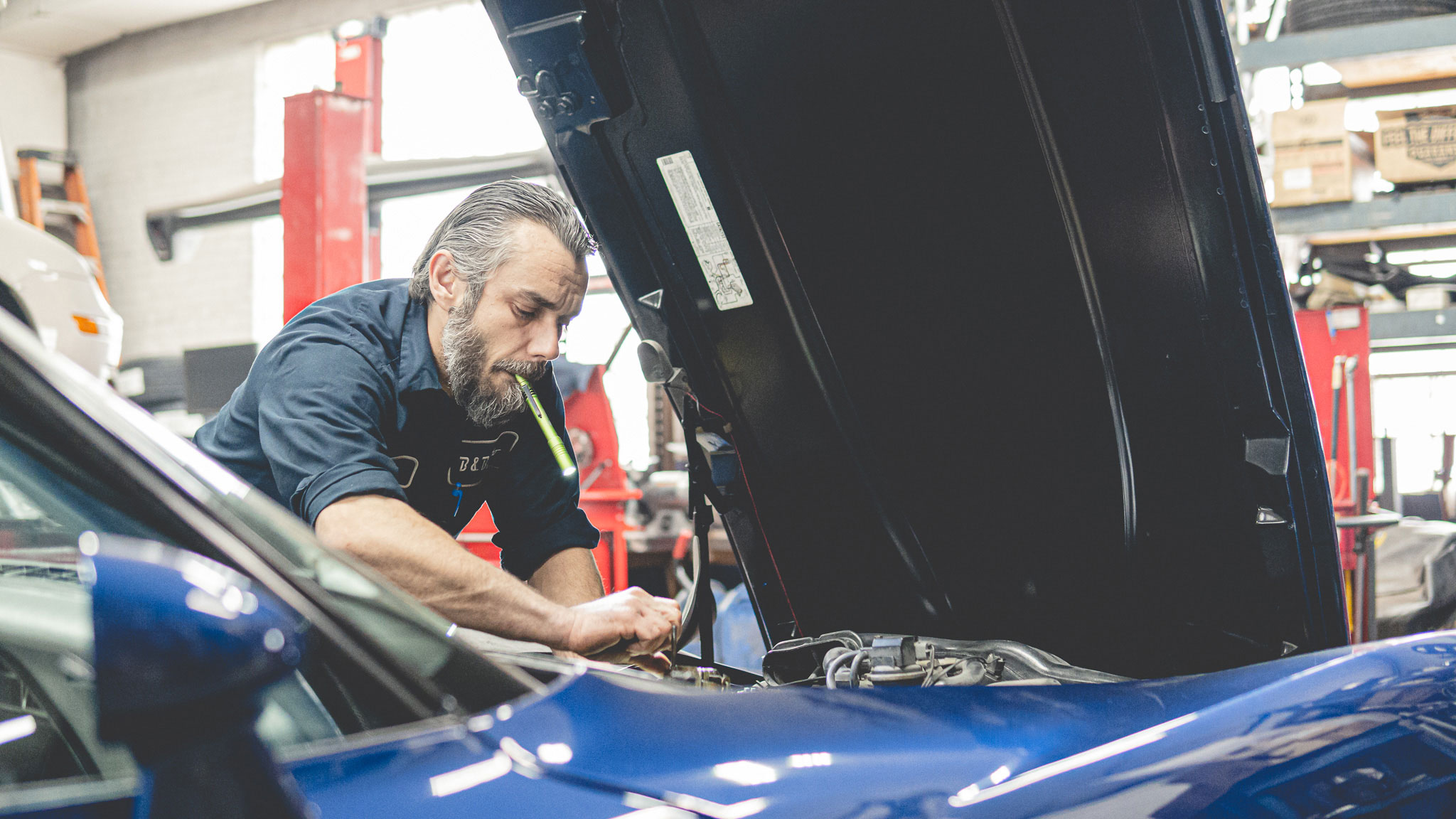All Categories
Featured
Tire rotations might not constantly be leading of mind for vehicle upkeep, but they play an essential function in ensuring your vehicle's performance, safety, and longevity. By regularly turning your tires, you can protect against unequal wear, optimize your tires' life-span, and improve your driving experience.
What Is Tire Rotation?
Tire rotation is the process of moving tires to different placements on your automobile to make sure even put on. Depending on your car's drivetrain-- front-wheel drive (FWD), rear-wheel drive (RWD), or four-wheel drive (AWD)-- the front and back tires experience various levels of stress. Consistently rotating your tires helps disperse this wear evenly.
Benefits of Regular Tire Turnings
Also Tire Put On
Tires on different axles experience different levels of tension. Front tires on a FWD car handle acceleration, braking, and guiding, causing them to use extra quickly.
Revolving the tires ensures even wear, permitting all 4 tires to preserve comparable walk depth.
Improved Handling and Safety
![]()
Uneven walk depth can result in imbalances, reduced traction, and endangered handling, specifically on wet or unsafe roads.
Revolved tires make certain consistent performance and a much safer driving experience.
Extensive Tire Lifespan
Even put on methods your tires last longer, saving you money on premature replacements.
Better Fuel Performance
![]()
Unevenly used tires can raise moving resistance, requiring more power from the engine and reducing gas economic climate.
Well balanced tires minimize stress on the automobile and boost efficiency.
Cost Savings
By extending the life of your tires and preventing premature substitutes, routine turnings can conserve you considerable prices in time.
Suggested Turning Intervals
Many manufacturers recommend rotating your tires every 5,000 to 7,500 miles. A great general rule is to have your tires rotated during routine maintenance sees, such as oil adjustments. Always refer to your vehicle's proprietor handbook for specific standards.
Typical Tire Rotation Patterns
The rotation pattern depends on your lorry's drivetrain and tire type:
Front-Wheel Drive: Swap front tires with the back ones, crossing them diagonally.
Rear-Wheel Drive: Relocate back tires to the front axle and cross them.
Four-wheel Drive: Use an "X" pattern for balanced wear.
Directional Tires: Guarantee the tires stay on the exact same side to maintain their created performance.
Signs You Required a Tire Turning
Unequal wear patterns on the tires.
Automobile vibrations, specifically at higher speeds.
Lowered fuel efficiency.
Problem keeping control in unfavorable problems.
Final Ideas
Regular tire turnings are vital for keeping your vehicle's safety and security and efficiency. By investing time in this straightforward procedure, you'll delight in a smoother ride, boosted handling, and significant expense financial savings over time. Schedule your following tire rotation with a trusted company and make it a routine part of your upkeep regimen.
What Is Tire Rotation?
Tire rotation is the process of moving tires to different placements on your automobile to make sure even put on. Depending on your car's drivetrain-- front-wheel drive (FWD), rear-wheel drive (RWD), or four-wheel drive (AWD)-- the front and back tires experience various levels of stress. Consistently rotating your tires helps disperse this wear evenly.
Benefits of Regular Tire Turnings
Also Tire Put On
Tires on different axles experience different levels of tension. Front tires on a FWD car handle acceleration, braking, and guiding, causing them to use extra quickly.
Revolving the tires ensures even wear, permitting all 4 tires to preserve comparable walk depth.
Improved Handling and Safety

Uneven walk depth can result in imbalances, reduced traction, and endangered handling, specifically on wet or unsafe roads.
Revolved tires make certain consistent performance and a much safer driving experience.
Extensive Tire Lifespan
Even put on methods your tires last longer, saving you money on premature replacements.
Better Fuel Performance

Unevenly used tires can raise moving resistance, requiring more power from the engine and reducing gas economic climate.
Well balanced tires minimize stress on the automobile and boost efficiency.
Cost Savings
By extending the life of your tires and preventing premature substitutes, routine turnings can conserve you considerable prices in time.
Suggested Turning Intervals
Many manufacturers recommend rotating your tires every 5,000 to 7,500 miles. A great general rule is to have your tires rotated during routine maintenance sees, such as oil adjustments. Always refer to your vehicle's proprietor handbook for specific standards.
Typical Tire Rotation Patterns
The rotation pattern depends on your lorry's drivetrain and tire type:
Front-Wheel Drive: Swap front tires with the back ones, crossing them diagonally.
Rear-Wheel Drive: Relocate back tires to the front axle and cross them.
Four-wheel Drive: Use an "X" pattern for balanced wear.
Directional Tires: Guarantee the tires stay on the exact same side to maintain their created performance.
Signs You Required a Tire Turning
Unequal wear patterns on the tires.
Automobile vibrations, specifically at higher speeds.
Lowered fuel efficiency.
Problem keeping control in unfavorable problems.
Final Ideas
Regular tire turnings are vital for keeping your vehicle's safety and security and efficiency. By investing time in this straightforward procedure, you'll delight in a smoother ride, boosted handling, and significant expense financial savings over time. Schedule your following tire rotation with a trusted company and make it a routine part of your upkeep regimen.
Latest Posts
Explore Brake Repair & More: Full Repair Options from Montclare Auto Repair
Published May 23, 25
1 min read
Signs When Your Car Needs Expert Vehicle Service at Montclare Auto Repair
Published May 22, 25
1 min read
Discover the Top Auto Repair Offers in Montclare, Chicago
Published May 21, 25
1 min read